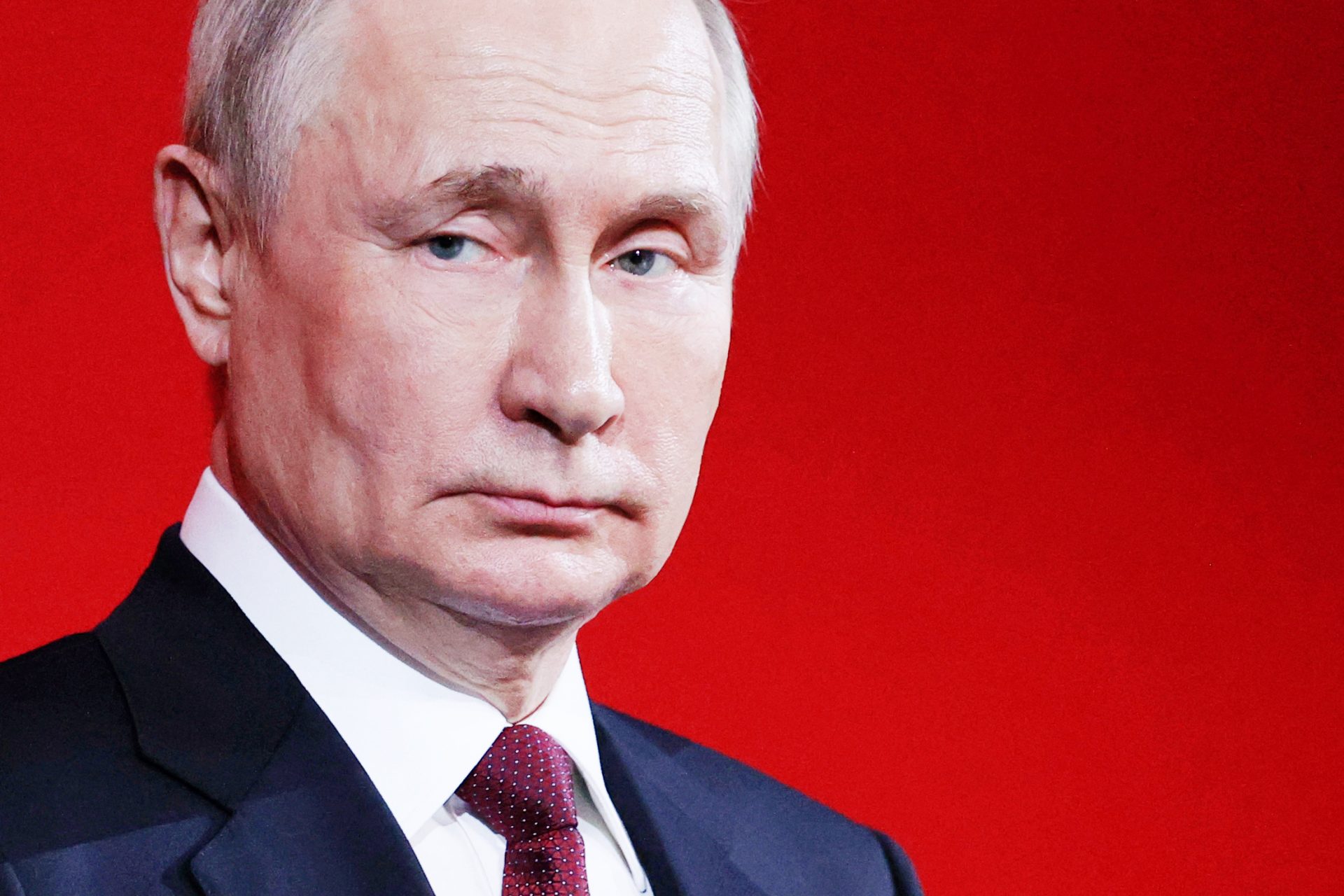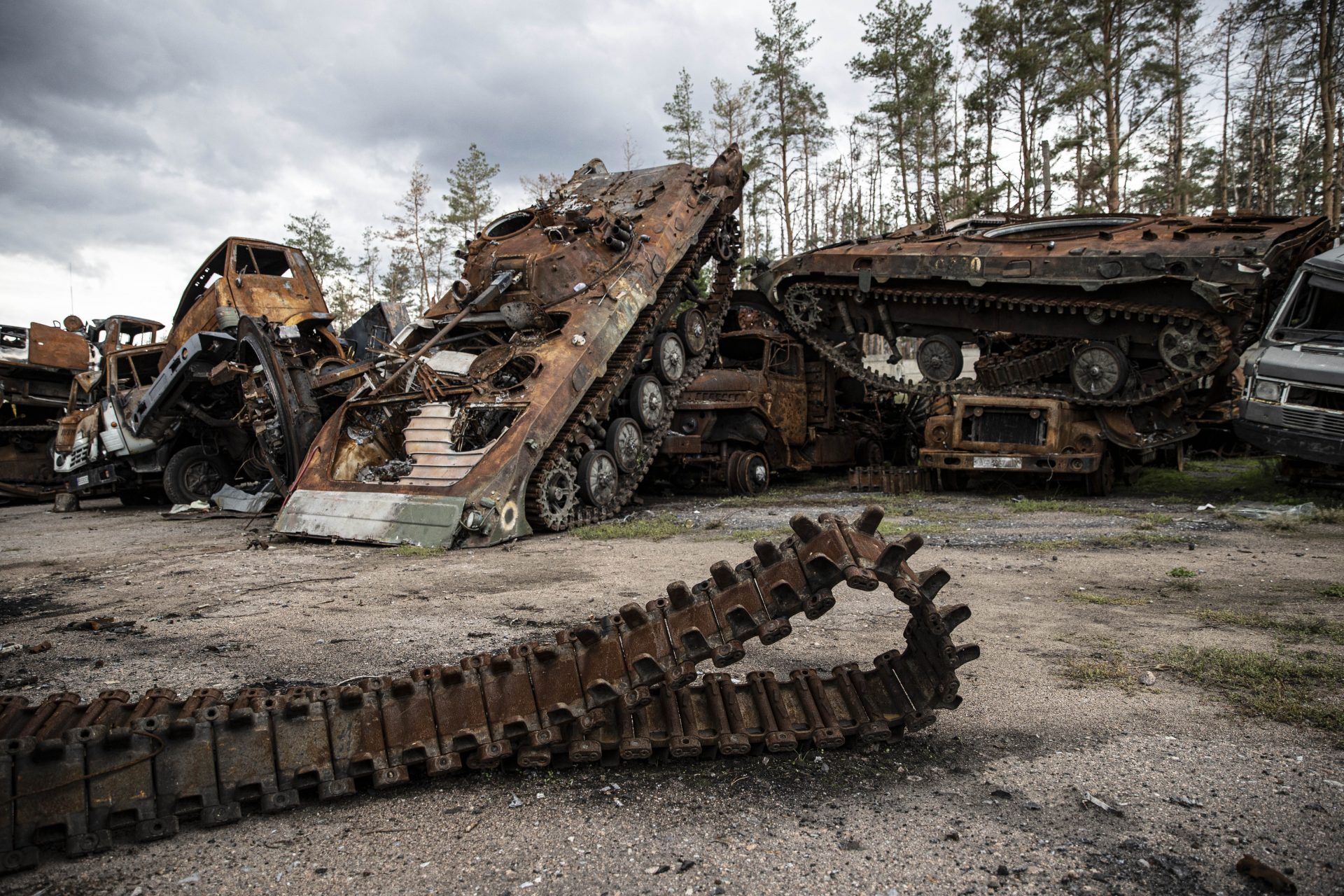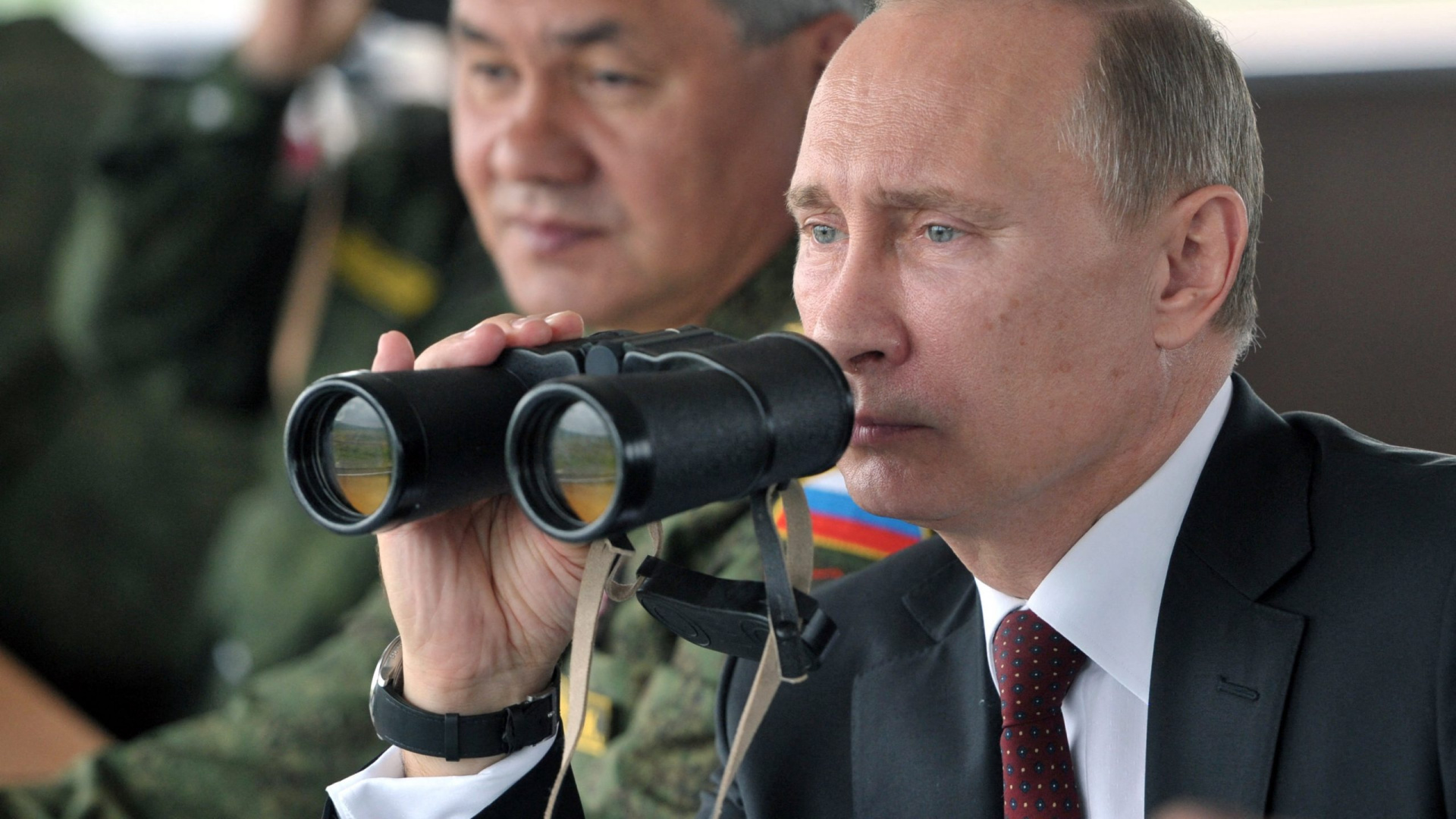Last Stand at Bakhmut: Ukrainian soldiers resist despite the Russian assault
Here you can see a Ukrainian soldier posing for the camera at Bakhmut, where for 10 months the deadliest battle of the Ukrainian war has been raging on.
Here you can see the ruins of Bakhmut. The city and its smaller neighbors have become a desolate landscape after artillery-heavy battles in what Denis Pushilin, the Pro-Russian leader of Donetsk, labeled a “meat grinder”. Thousands of lives have been lost.
Russian forces have been gaining ground and at the moment, according to The New York Times, the fight for the control of Bakhmut continues on the streets, with only a handful of Ukrainians holding out.
The Ukrainians resist, despite the hardships. Like their Russian counterparts, sometimes they have ammunition shortages. Supplying the troops in Bakhmut is a risky task for either side of the conflict.
Ukrainian and Russian soldiers seem to be repeating an experience unseen in Europe since World War II: near-hand-to-hand street combat among urban ruins.
Sources close to the Kremlin claim that Russian troops currently hold 80% of Bakhmut. Ukrainian authorities deny this, according to Reuters.
Still, the New York Times highlights that a small group of Ukrainian soldiers still resist within a space of roughly 15 square miles (around 40 km2).
Nonetheless, analysts seem to believe that urban warfare will benefit the Ukrainians. “You can take away the range advantage the attacker wants to have,” said John Spencer, chair of urban warfare studies at the Modern Warfare Institute at West Point, to The New York Times.
Russian forces won't be able to fully take over Bakhmut as long as Ukraine can still send in small groups of soldiers to ambush the troops and continue the street combat.
The sad reality of the situation is that the fight over Bakhmut has become something of a symbol. Local residents have long been forced, sometimes in tears, to leave their destroyed homes.
Many experts have compared the destruction of Bakhmut to the devastated landscape of Aleppo during the Syrian Civil War.
Neither side can afford to lose in Bakhmut. For Ukraine, the city represents the resistance in the face of the invader. For Russia, a victory would be a sign of real progress amid concerns of a stalemate.
The New York Times piece, written by Andrew E. Kramer and Maria Varenikov, claims that Ukrainian soldiers have to fight around the clock, sometimes standing as close to the enemy that they can follow the conversation of the Russian troops.
The constant shelling of artillery fire doesn't mitigate the infighting and only contributes to the hellish landscape.
There's no official death toll, but some guesses by mainstream media estimate between 20,000 and 30,000 Russians have died in battle, while the number for Ukrainians range between 30,000 and 40,000 casualties.
Here you can see a group of high-spirited Ukrainian soldiers on March 29. It's impossible to tell what will happen for in the next few weeks, or even days. What is true is that they are living in hell on earth while fighting for the last shred of hope of Bakhmut.
More for you
Top Stories





























